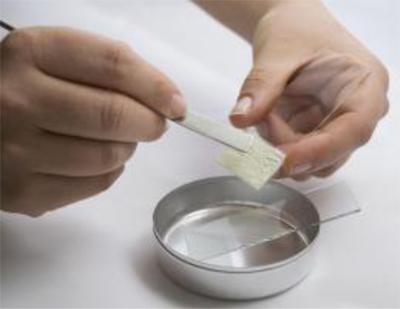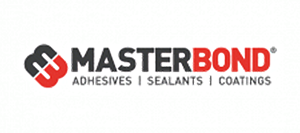
Master Bond EP42HT-2LTE is often chosen for a variety of bonding, sealing, coating and select casting applications in the electronic, aerospace, optical and specialty OEM industries. This two component epoxy has a flowable paste consistency that enables precise alignment with minimal fixturing. It cures at room temperature or more quickly with the addition of heat.
This system is notable for having a low coefficient of thermal expansion of 9-12 x 10-6 in/in/°C. With a tensile lap shear strength of over 1,200 psi, it bonds well to a wide variety of similar and dissimilar substrates, including metals, composites, ceramics, glass and many plastics. EP42HT-2LTE features superior electrical insulation properties, chemical resistance and dimensional stability over the wide service temperature range of -60°F to +300°F. It also offers low linear (<0.01 percent) and volumetric (<0.1 percent) shrinkage upon curing, which is useful for potting and encapsulation applications.
Featuring a light cream color, EP42HT-2LTE is prepared using a non-critical 100 to 40 mix ratio by weight or a 100 to 50 mix ratio by volume. After mixing a 100 gram batch, its working life is 60-90 minute open time. This product is available in standard packaging with sizes ranging from ½ pint to 5 gallon kits.
Master Bond EP42HT-2LTE is high temperature resistant, two part epoxy with an ultra low thermal expansion coefficient. This dimensionally stable system also features low linear and volumetric shrinkage upon cure.
Contact Details
Related Glossary Terms
- ceramics
ceramics
Cutting tool materials based on aluminum oxide and silicon nitride. Ceramic tools can withstand higher cutting speeds than cemented carbide tools when machining hardened steels, cast irons and high-temperature alloys.
- composites
composites
Materials composed of different elements, with one element normally embedded in another, held together by a compatible binder.
- shear strength
shear strength
Stress required to produce fracture in the plane of cross section, the conditions of loading being such that the directions of force and of resistance are parallel and opposite although their paths are offset a specified minimum amount. The maximum load divided by the original cross-sectional area of a section separated by shear.

